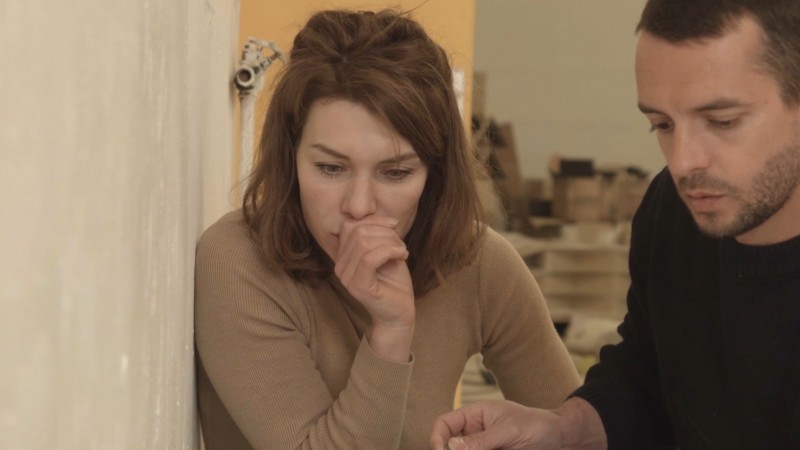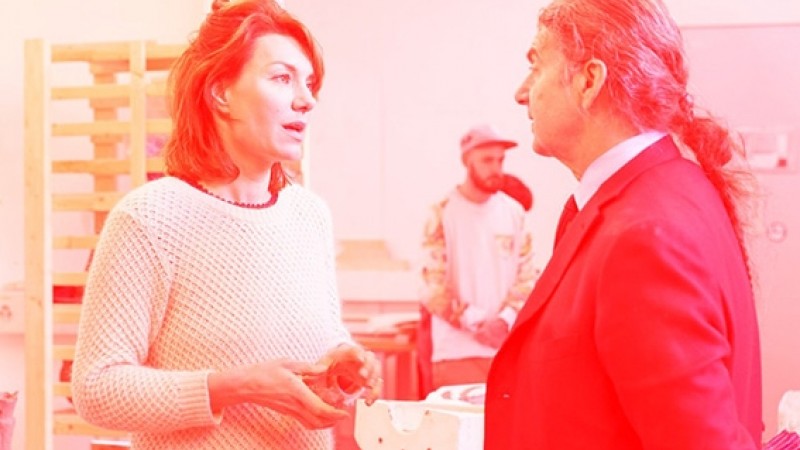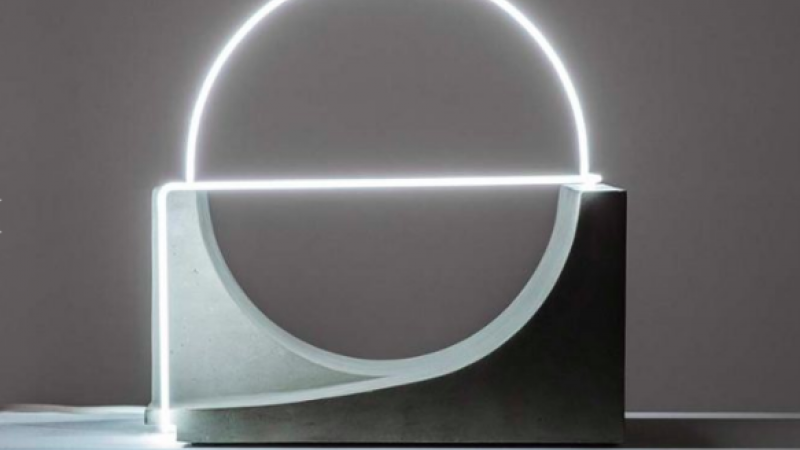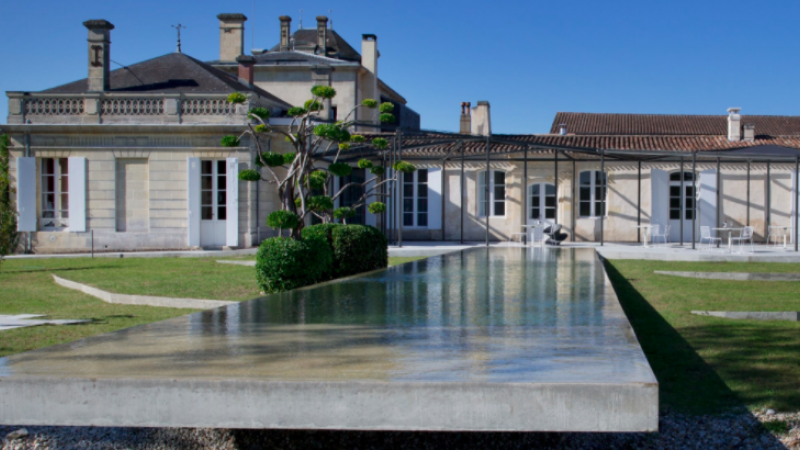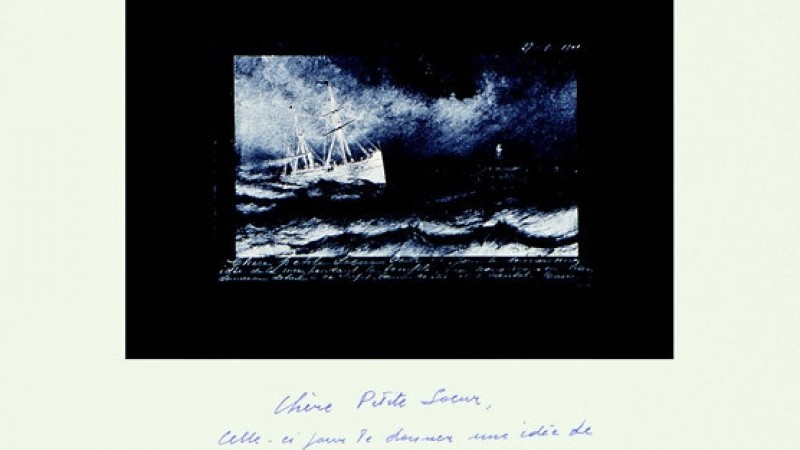Remembering her blurred childhood vision, Morgane Tschiember embarks on a poetic quest in search of a sculptural world composed of shapes, materials, gestures and colors.
About
SynopsisRemembering her blurred childhood vision, Morgane Tschiember embarks on a poetic quest in search of a sculptural world composed of shapes, materials, gestures and colors.In her work, Morgane tries to understand, assemble and transpose her perceptions to reach a universe of personal forms.
The artist
Morgane Tschiember was born in 1976 in Brest, France.
Sculptor, she lives and works in Paris.
She is represented by the Loevenbruck gallery in Paris.
Technical data
| Director | Xavier Mussel |
| Cinematograper | Georges de Genevraye |
| Editor | Xavier MusselRémi Guelfi |
| Music composer | Alexandre Sciré |
| Duration | 07:34 |

